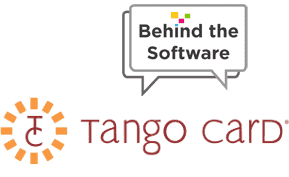Gamification
Increase Brand Loyalty Through Gamification

I recently came across an interesting tactic in the way retailers and others interact with the consumer. I’m sure many of you have heard of it, but for those who haven’t, it is the medium of what has been dubbed “Gamification”–the process of adopting video game dynamics (e.g., points, levels, rewards, leader boards, or badges), in order to conjure up effective engagement with the consumer and encourage participation across all retail channels.
Here’s an example of how it works: Domino’s Pizza Hero app for iPad challenges users to go through the entire pizza making process (from dough kneading to placing the toppings) as fast as possible. You’re then ranked on a leader board alongside other users. The best part about the app is that you’re actually able to turn your digital pizza into a real life one, by placing a physical order once you’ve completed the game.
A Pavlovian Approach to Selling
Gamification is a clever tactic that allows businesses to influence desired consumer behavior by providing rewards and incentives. It’s an almost Pavlovian approach to selling a product.
For example, a retailer looking to get their customers more involved emotionally with their brand (and thus increase brand loyalty) can turn the process of visiting their store into an exciting and interactive “gaming” experience. Points could be accumulated for various different actions including store check in, spreading the latest product photos over Facebook or becoming an ambassador for the brand. Customers could then redeem their points and convert them into discounts, vouchers or offers. Consumers could compete against each other within the ecosystem of the game, leveling up higher and higher to gain private insights or privileged gifts.
We Need Competition
The crafty thing about gamification, and why it could potentially be so successful, is that it taps into the human need for competition, exploration, achievement, status and desire for fun. Yet it does all this within consumer environment. The brands themselves benefit from increased loyalty, user activity and participation.
It’s a pretty new approach to marketing, but several companies are already beginning to test the waters. When aligned correctly with business goals and the consumer’s interests it could be a valuable tool for increasing brand loyalty, and extending the brand-consumer relationship beyond just a transactional interaction.
Want to read more insider-perspective posts? Browse our entire archive of blog posts on insights gleaned from the software industry by visiting the Industry Insights section of the Business-Software.com
[Research for this company was provided by eFood-ERP – a provider of food and beverage software.]





